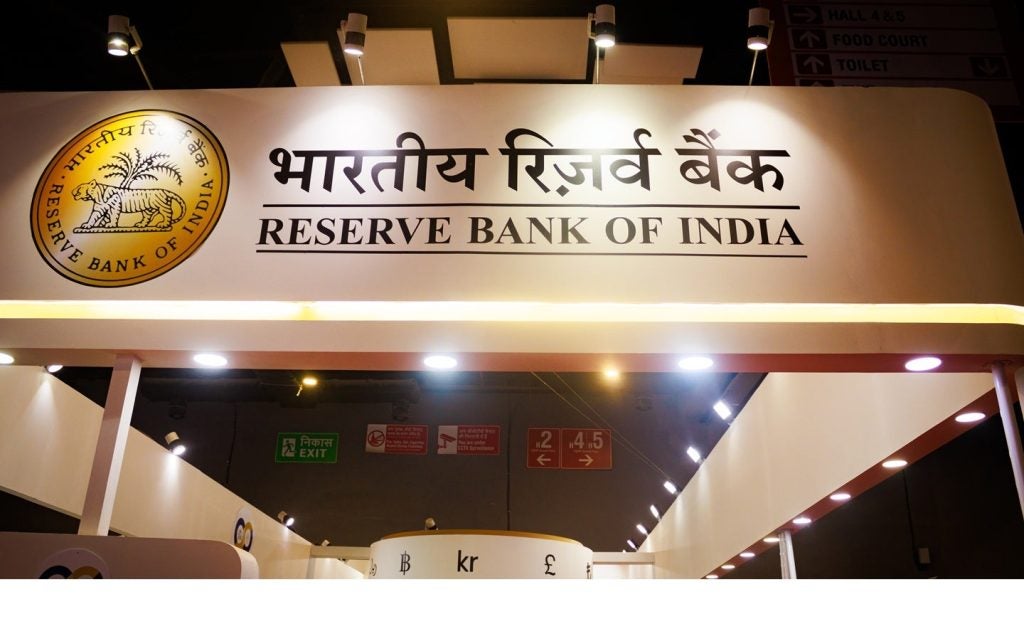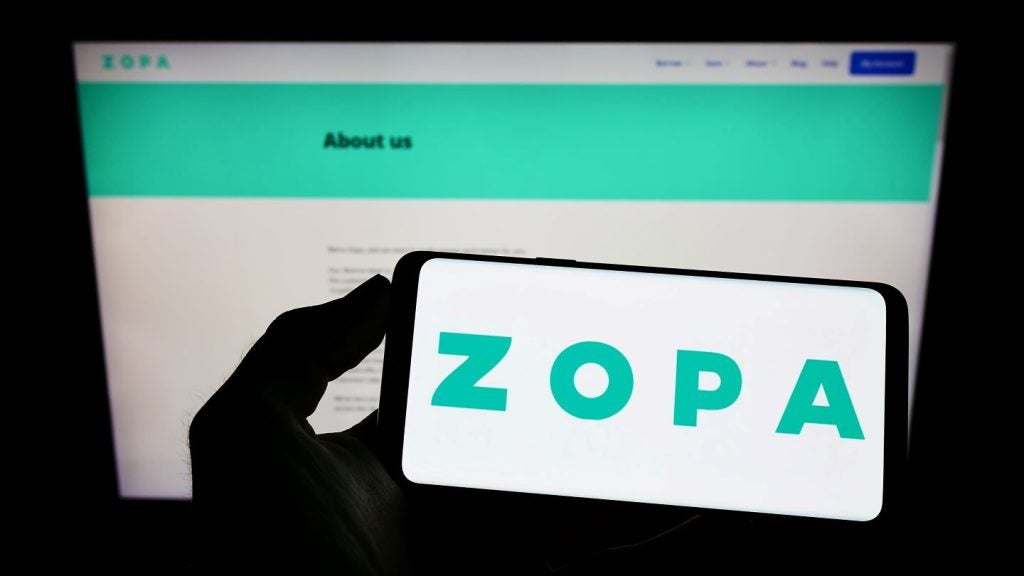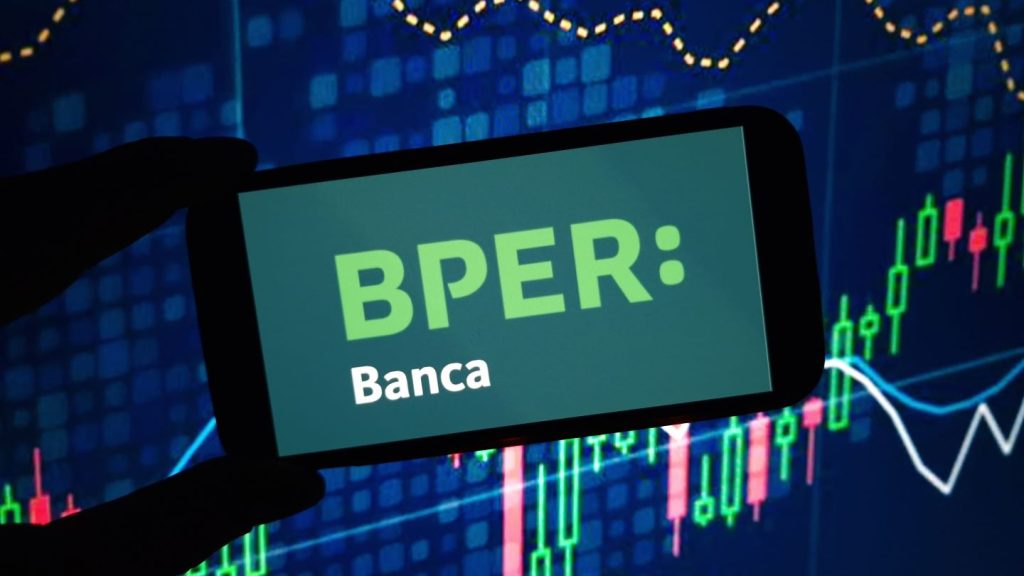Technology has come a
long way since global telecoms supplier BT showcased its first
Agile Bank branch of the future in 2002. To reflect these changes,
BT has worked with a range of leading industry partners to create a
new concept branch. Douglas Blakey reports from BT’s new Agile
Bank.
The future of bank branch
design generates more heated debate among retail banking experts
than most topics.
While there remains a drive
within the industry to encourage customers to bank via alternative
channels, a key challenge for retail bankers is how to operate a
branch estate profitably.
Technological developments,
increased regulation and evolving customer behaviour are
accelerating at such a pace that the future of the branch remains
unpredictable.
For some lenders, such as BNP
Paribas, Royal Bank of Canada and Citigroup, there has been massive
investment in state-of-the art, flagship branches, brimming with
the latest gadgets and state-of-the-art technology.

US Tariffs are shifting - will you react or anticipate?
Don’t let policy changes catch you off guard. Stay proactive with real-time data and expert analysis.
By GlobalDataFor other banks, notably Itaú
Unibanco in Mexico and Dexia in Belgium, the open bank or
self-service concept has been the overriding them of branch
investment. HSBC has also invested heavily in an Express Banking
concept in the UK while Banca Popolare di Milano has rolled out
over 800 self-service locations in Italy,
The branch as an inspiration
to promote electronic channels and mobile banking has been heavily
promoted by National Bank of Greece’s i-bank brand while the
community banking model has been at the heart of Lloyds TSB’s
branch refreshment initiative.
In the US, regional lender
Umpqua has been highly innovative, featuring highly differentiated
physical designs and use of technologies such as large touch screen
displays and desktop video conferencing.
To demonstrate how banks can
fully build on the foundations of IP networks, wireless technology
and high speed broadband to create the a branch and back office
architecture of the future, telecoms supplier BT has relaunched its
Agile Bank concept branch.
BT showcases the branch of
the future at its research centre at Adastral Park near Ipswich,
north east of London. The unit demonstrates a wide range of
up-to-the-minute technologies, set in the context of multi-channel
scenarios in the high street, the branch, the virtual contact
centre and online.
The Agile Bank features
include:
- wireless technologies such
as radio frequency identification (RFID) and Near Field
Communications (NFC) to reach out to customers outside the branch
to serve them in new ways; - interactive screens
headlining product offers and information; - product offers ‘beamed’
directly to customers as they pass; - video transmitted via
ultra-fast IP networks, to give customers access to remote
advisors; - biometric security
screening- as the customer enters the branch their identity is
automatically checked against customer records and/or databases of
known criminals by a camera equipped with facial biometric
recognition; and - touch-screen queue
management-customers tap the screen of the automated queue manager
to indicate the nature of their enquiry.
The Agile Bank branch also
features a surface teller and palm vein reader device. The counter
is replaced by a surface teller where branch staff and customers
can discuss products and services on the electronic display, moving
the brochures back and forth to each other across the surface as
they talk.
By touching their NFC-enabled
mobile to the surface customers can download the brochures on to
their phone.
The surface teller is linked
to a palm vein biometric reader which authenticates the customer’s
identity for transactions like large cash withdrawals.
Looking ahead, there is no
way that many of the features of the Agile Bank will be relevant
for all lenders, especially smaller banks with limited
budgets.
Regional variations also
abound; self-service has grown in popularity in Western Europe but
has not caught on in the US with the exception of the ATM in the
branch vestibule.
What is not in dispute is
that evolving branch design is a journey with no final destination
in sight. While there is no single correct concept for the branch
of the future, BT’s Agile Bank can expect to be a popular venue for
retail banking heads to visit.
Their challenge is to ensure that the future branch
reflects its key target market and ties in with its differentiation
strategy.








